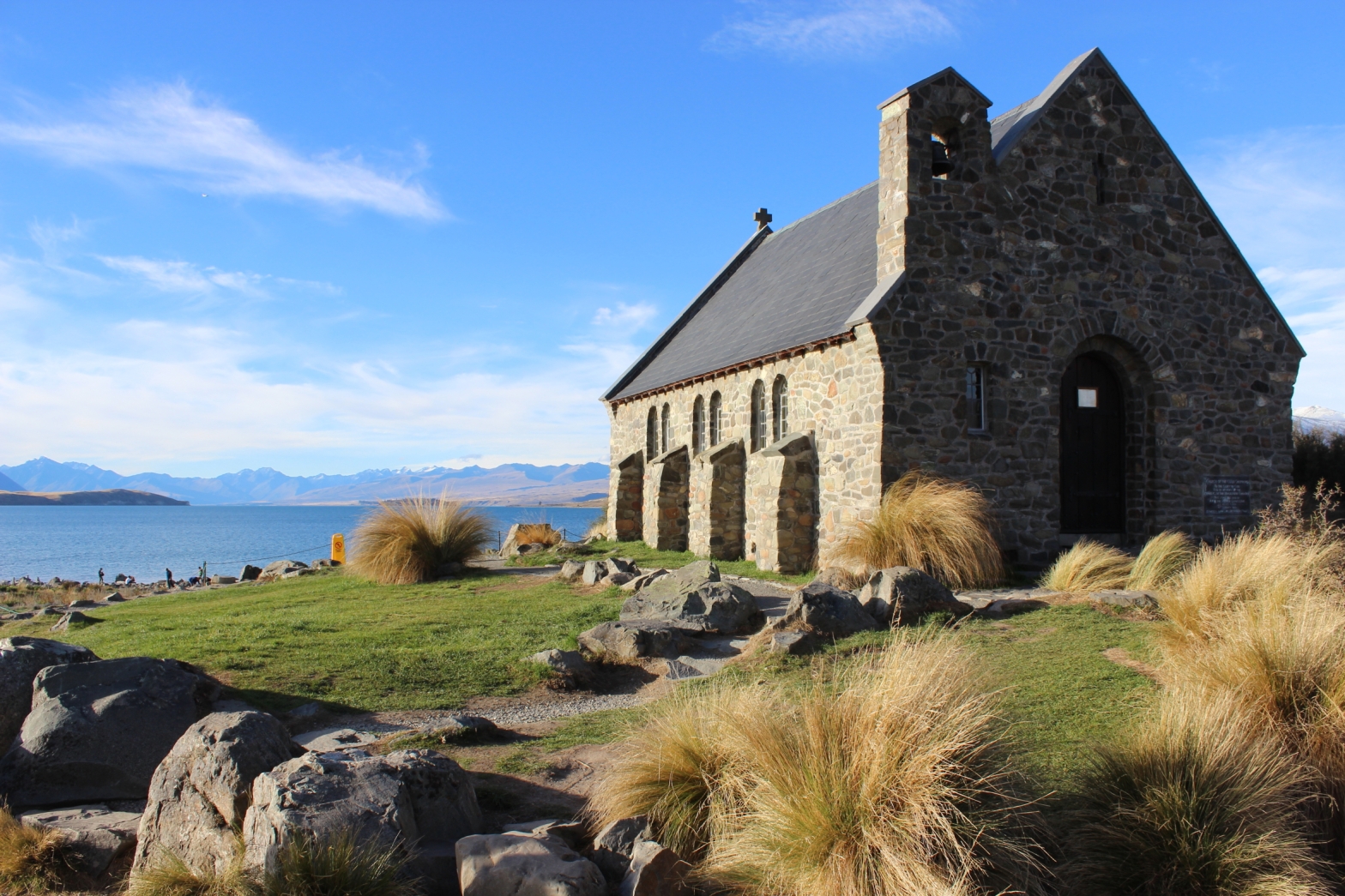Story, images by ANDREW KACIMAIWAI
The timing was opportune: the unmistakable sound of rapid, and heavy, machine-gun fire on a cold autumn night as I stepped off the bus at the observatory at the top of Mt John at Lake Tekapo.
The sound of heavy gunfire was very unexpected after we had disembarked from the bus that had brought us uphill on a narrow, steep and winding dirt road and without lights, to preserve the night vision of observatory staff.
“Don’t worry about it,” our guide told us cheerfully. “It’s just the Gurkhas engaging in night fire exercises with our soldiers from the (nearby) base!” A murky red flare drifted down over our heads as if to emphasise the point.
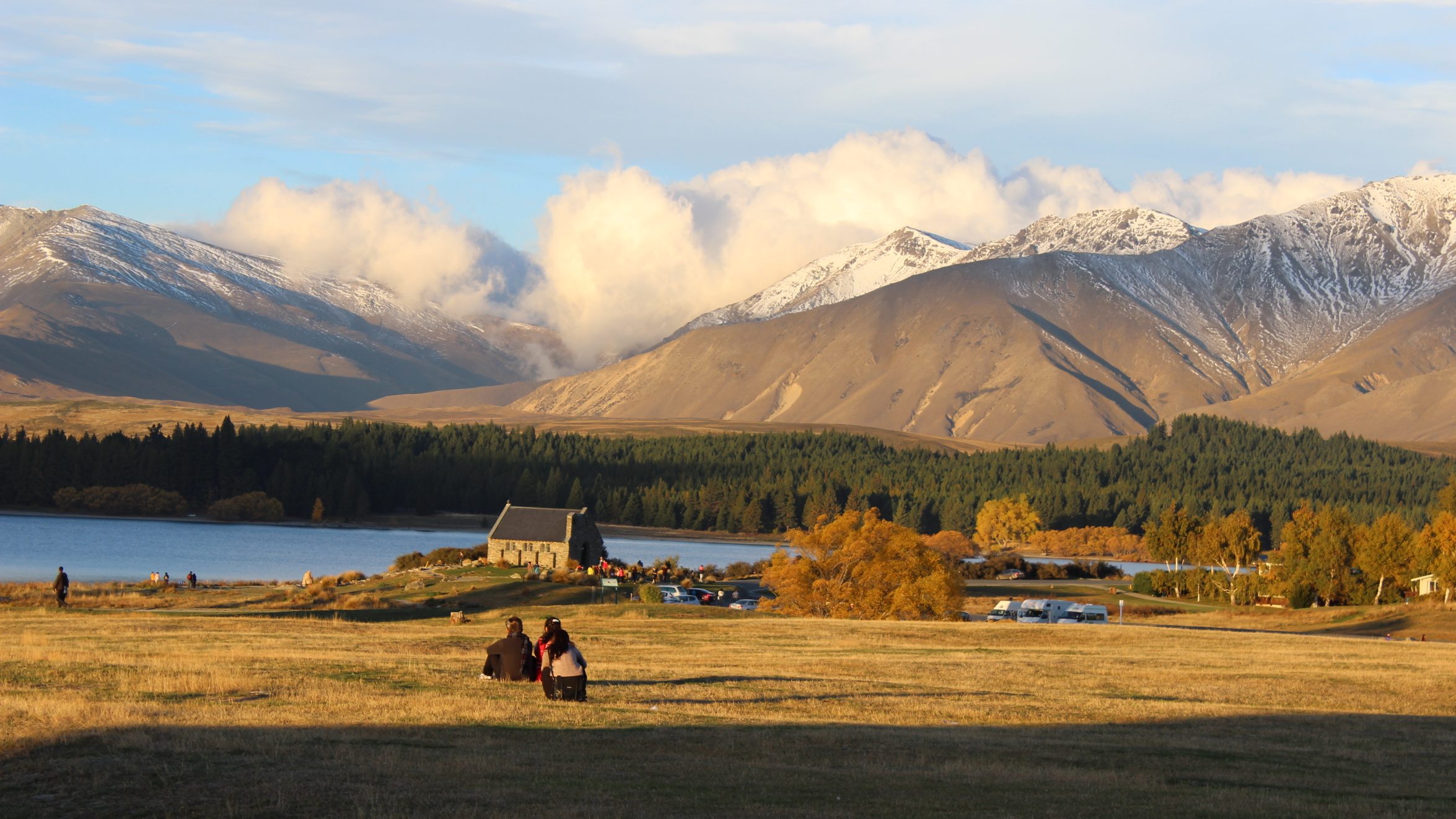
This was my welcome to Lake Tekapo, situated closer to Wanaka than Christchurch in the south of the South Island. I was staying at Twizel nearby, getting ready to visit Wanaka for the Warbirds Over Wanaka (WoW) International airshow.
In 2012, Lake Tekapo became part of the Aoraki Mackenzie International Dark Sky Reserve, which means it’s one of the best stargazing sites in the world (it was the first and only one I have visited so I may be a tad biased!)
To understand why there is a Dark Sky reserve, all you have to do is look up. You may not believe a night sky can be crystal clear and your mind will open to it under the full enormity of the heart of our Milky Way galaxy, a blazing tear of burning stellar gas and stars reaching across the sky from horizon to horizon.
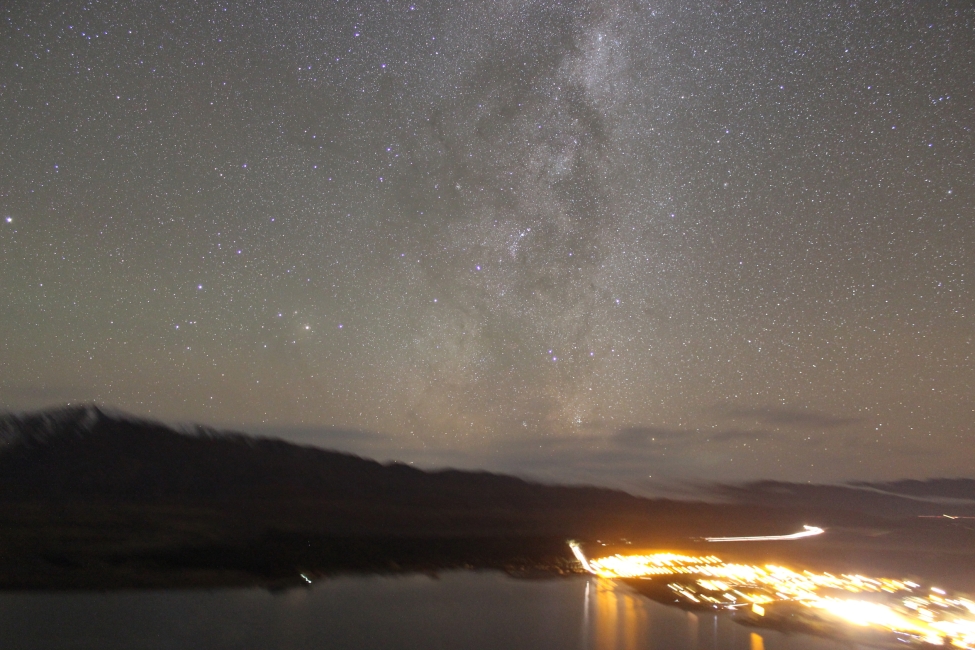
There was an extra sense of an almost 4D depth to the view I was confronted with. This was enhanced when our observatory guide used a green laser pointer to point out what looked like grey puffs of smoke but turned out to be other galaxies and the Aboriginal Dark Emu and Sagittarius constellations.
When I arrived in Lake Tekapo on my way south to Twizel, my distinct impression was of a town that is gathering increasing importance as another must-see tourism destination on the South Island.
This impression was, of course, helped by all the tourists swarming over town and especially the Chapel of the Good Shepherd, situated on the lake side and looking up to river and glacial flows into the lake from the Southern Alps.
(Mt Cook/Aoraki, is situated the next lake over at Lake Pukaki. It is New Zealand’s highest point and perhaps one of the deadliest mountains in the Southern Hemisphere if not the world judging by the number of people who die on it every year.)
The chapel is of stone construction and located at the northern entrance to town while the observatory is situated on the southern outskirts.
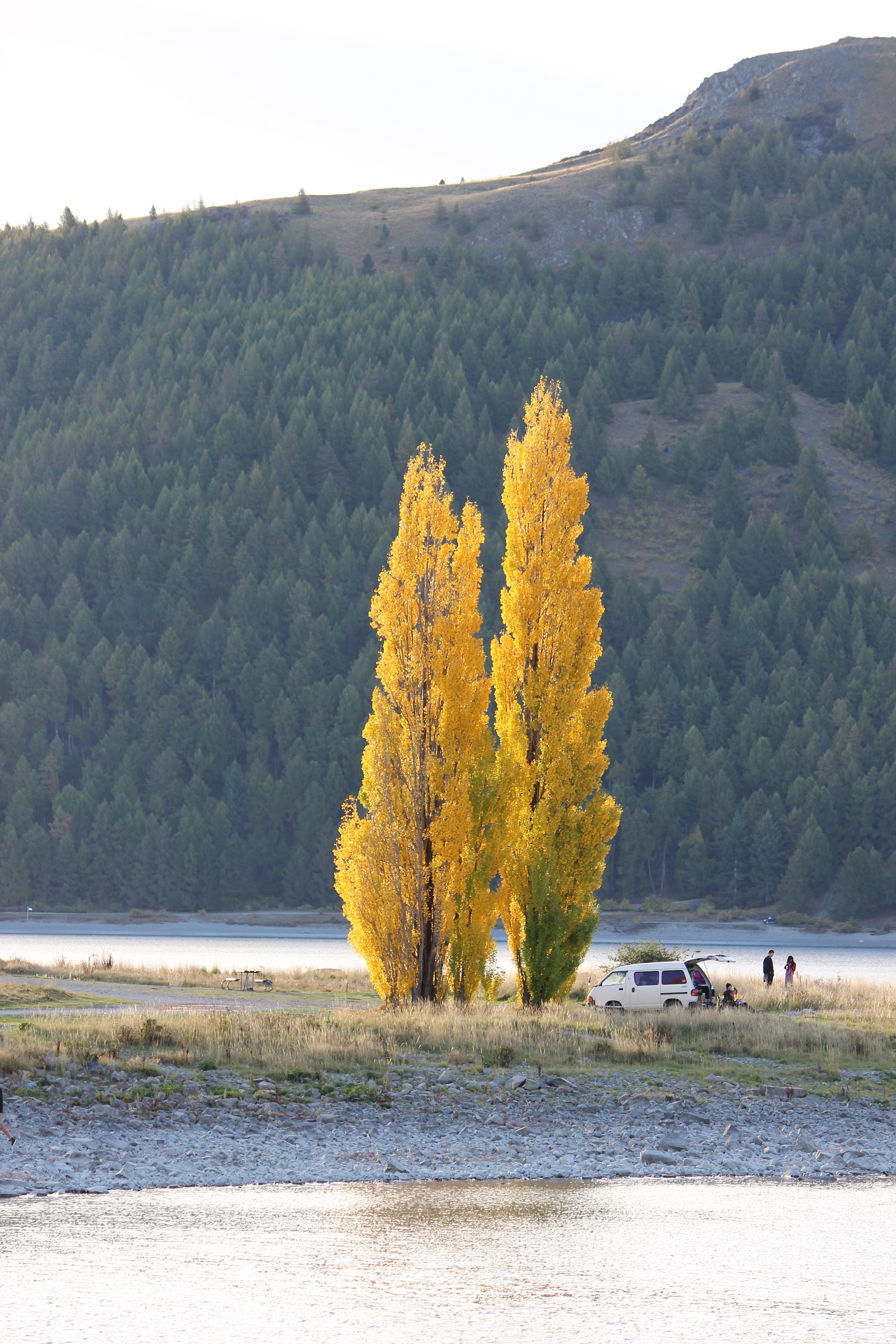
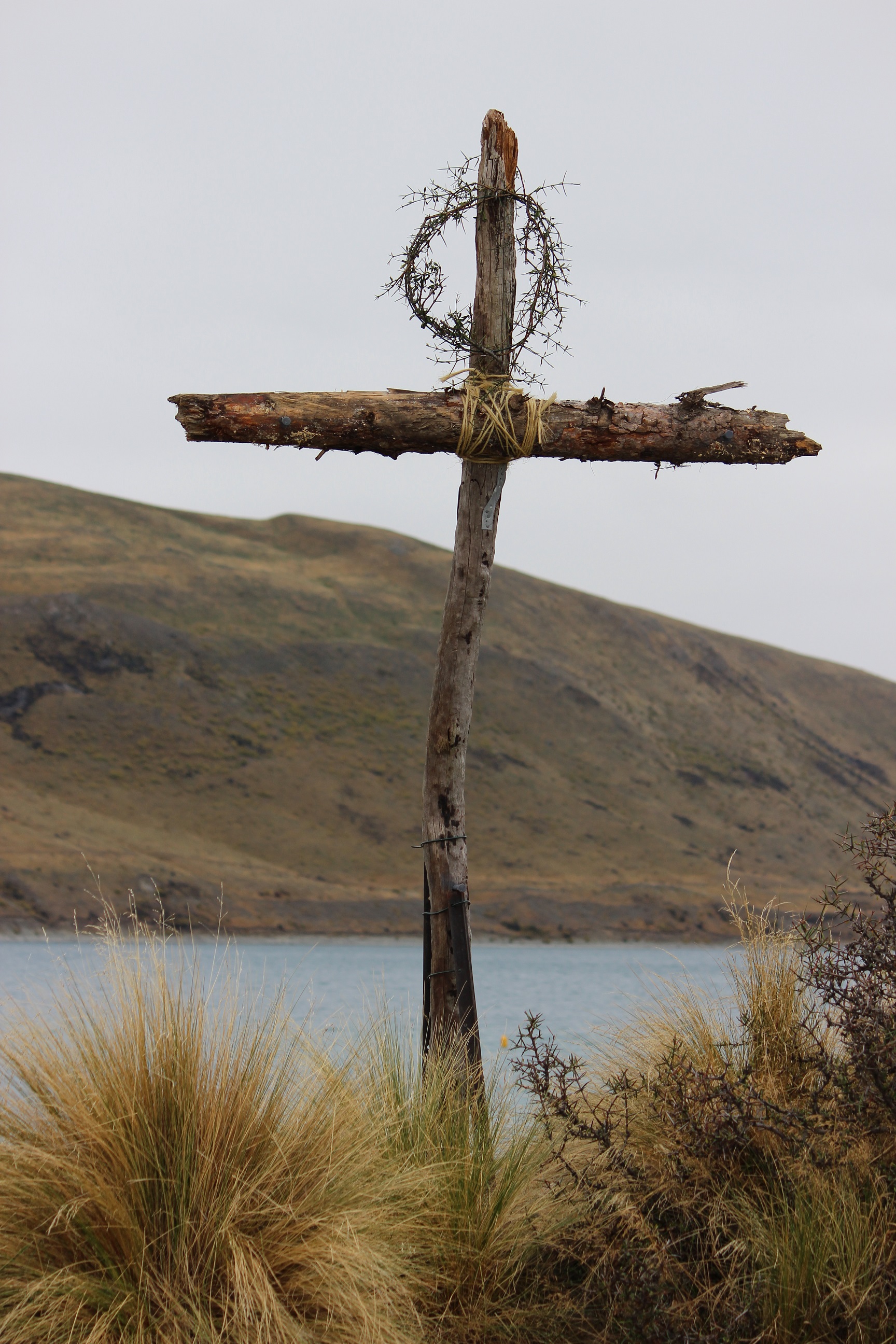
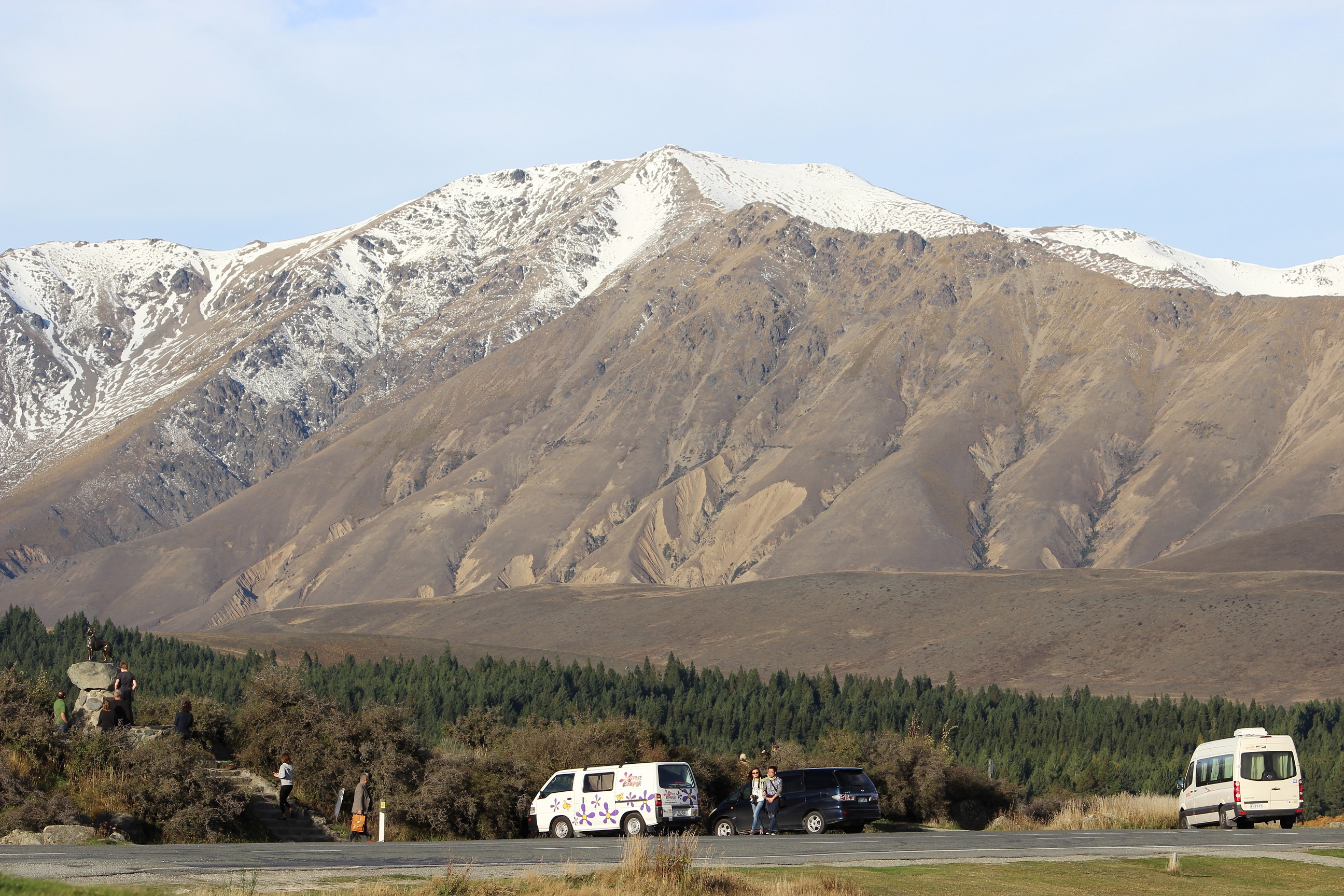
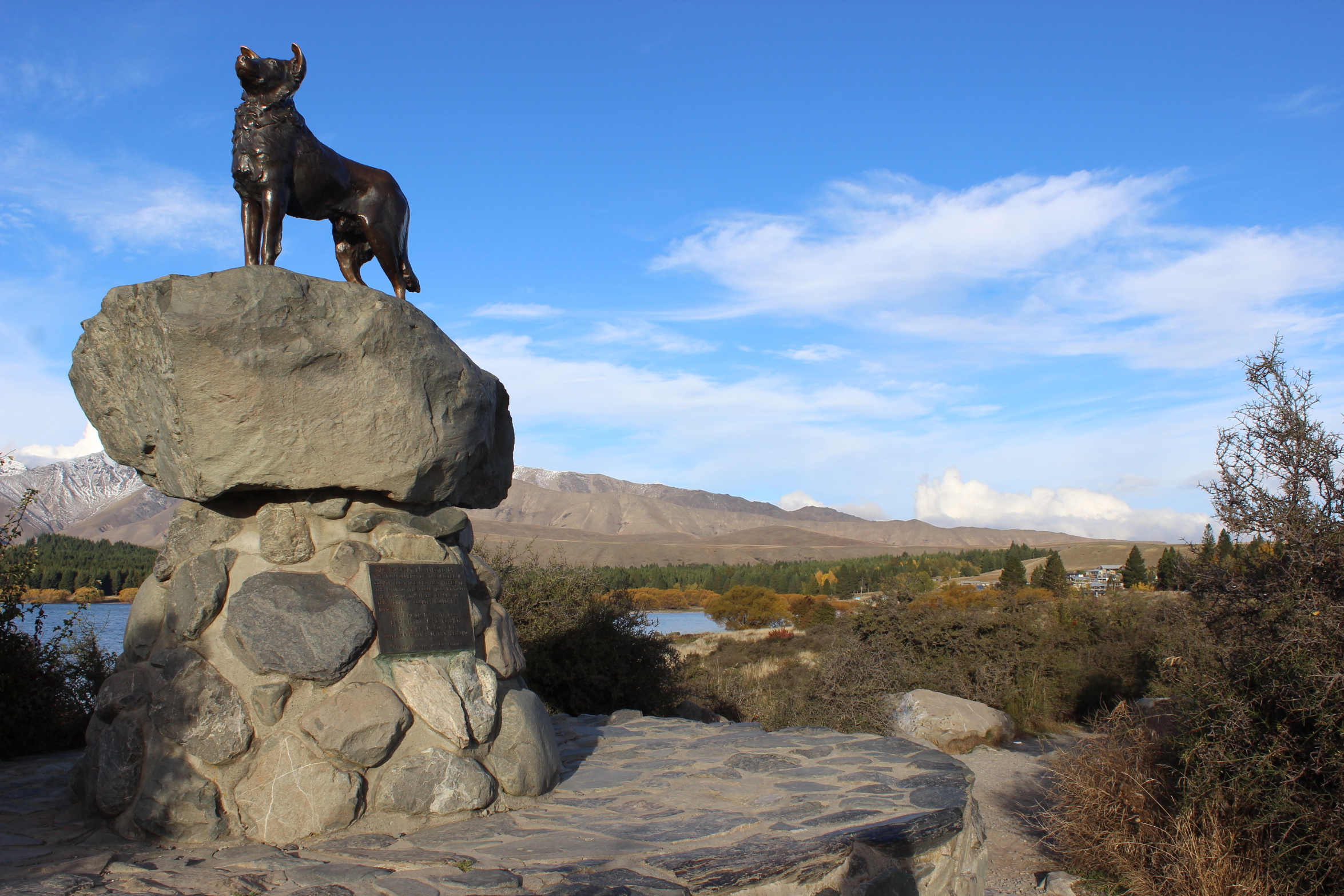
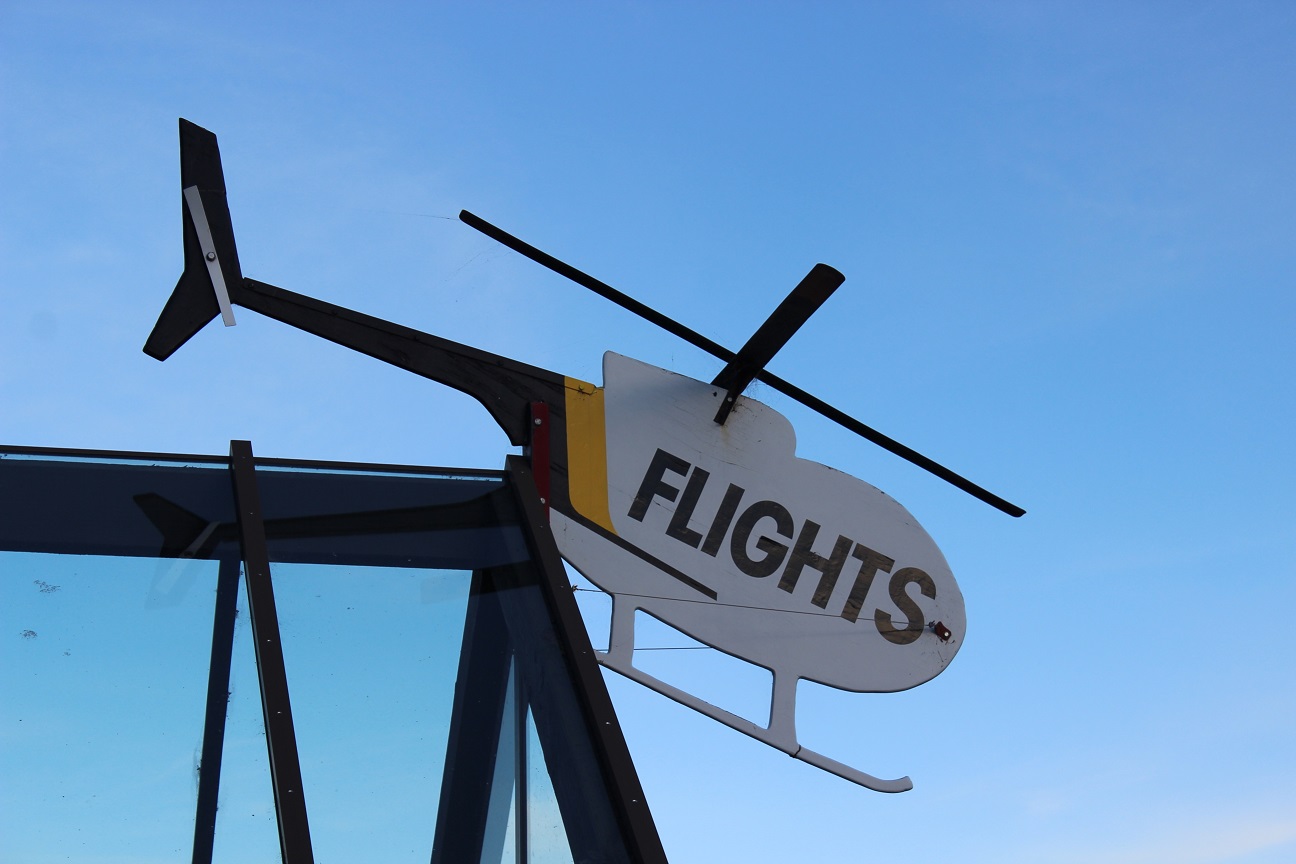
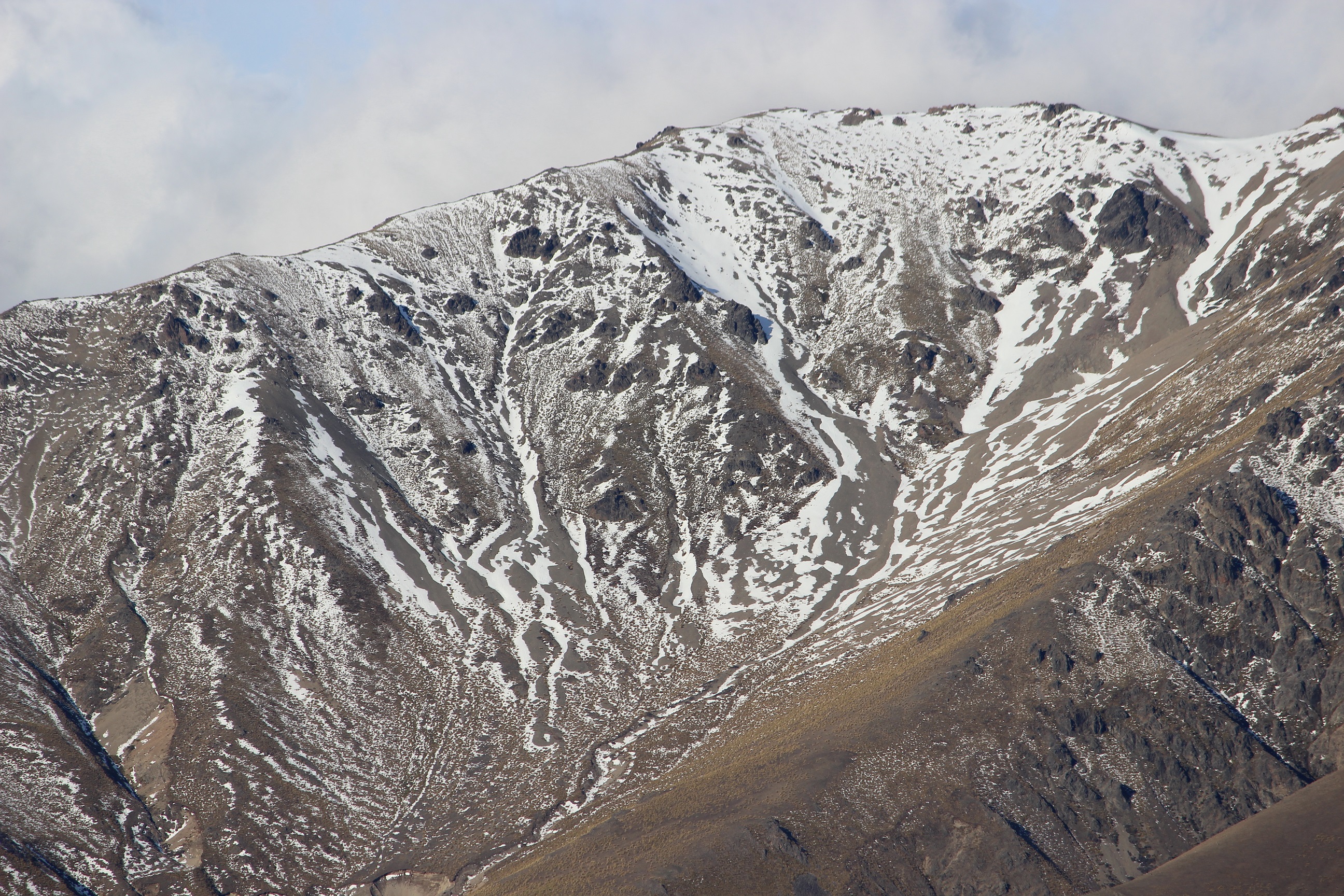
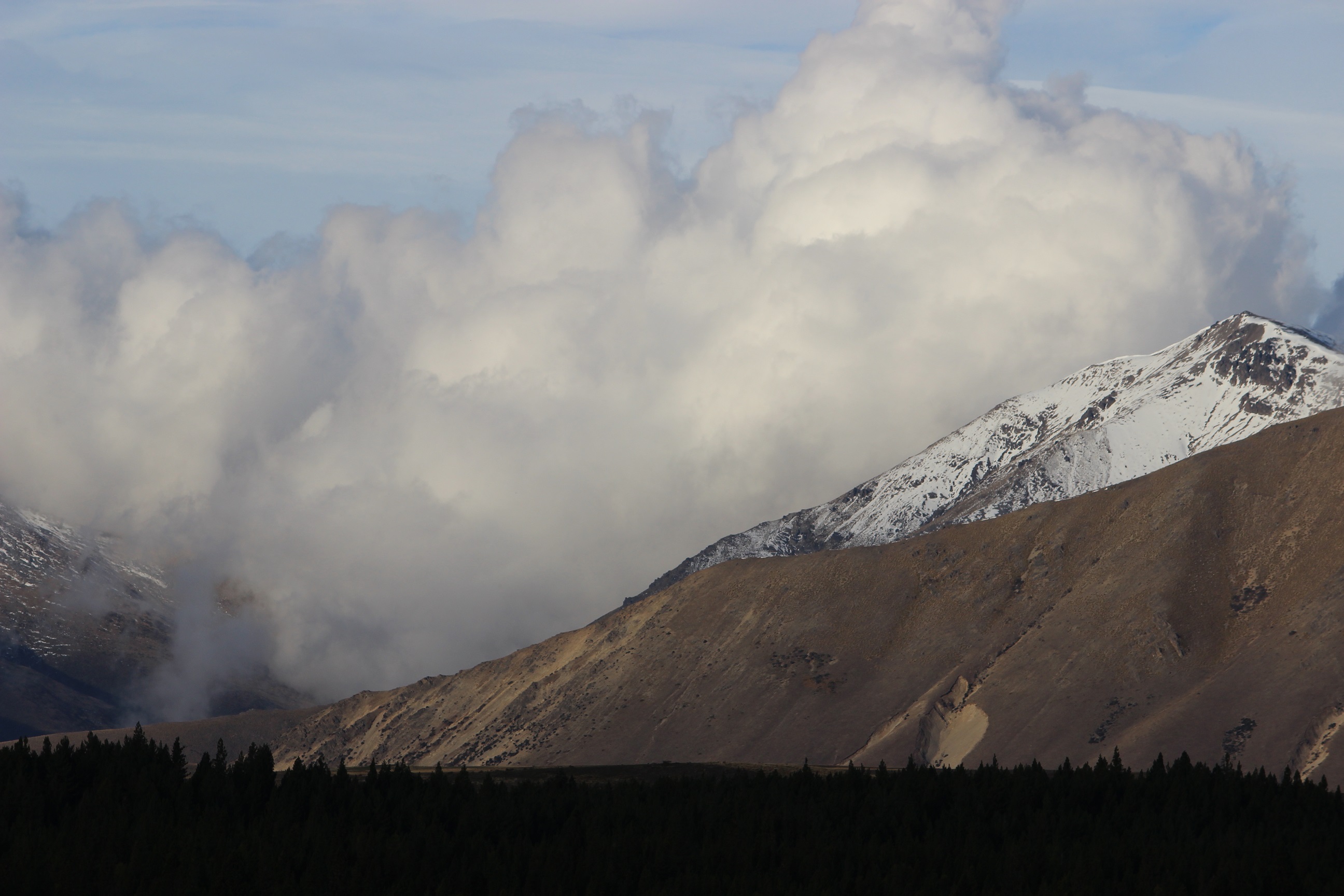
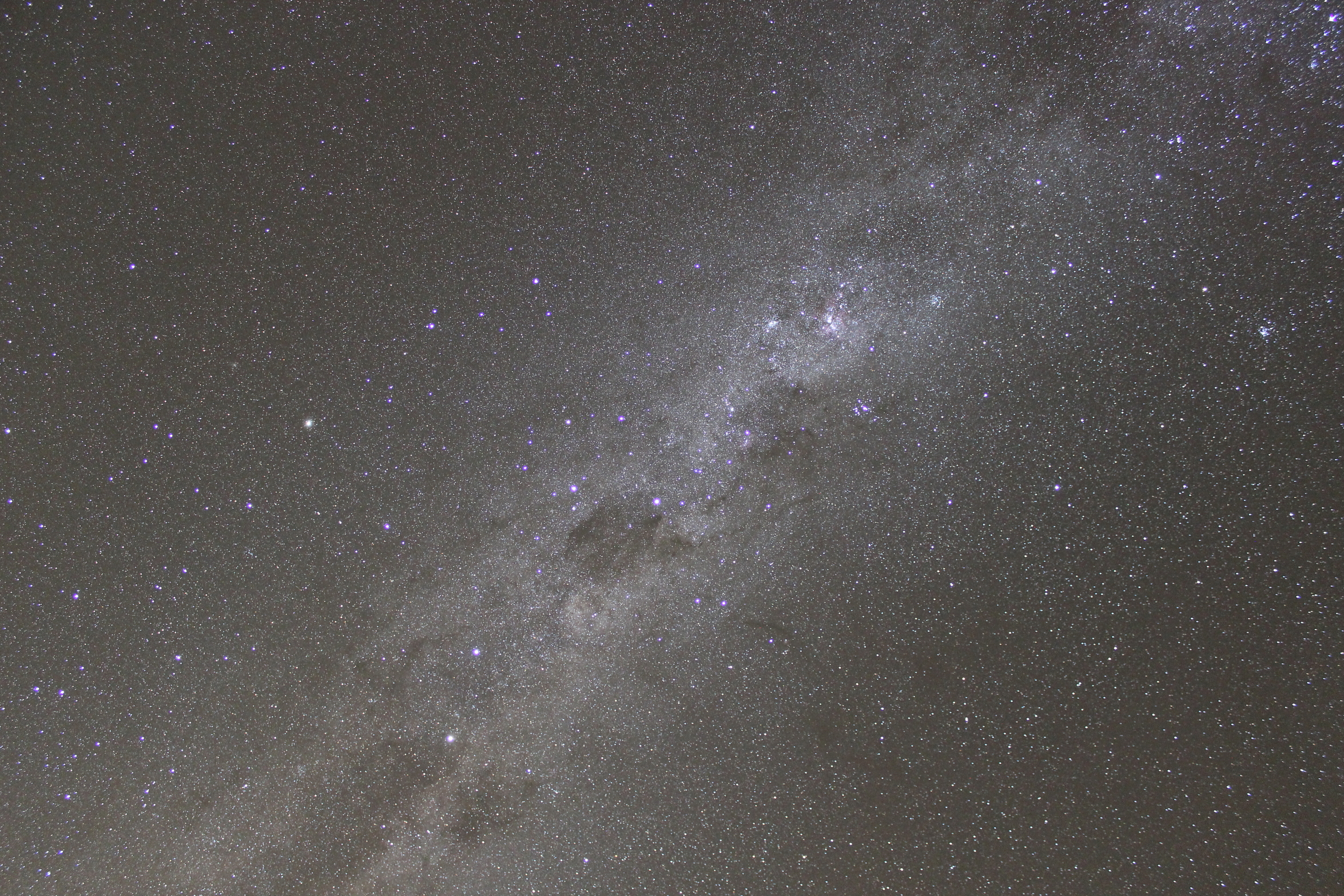
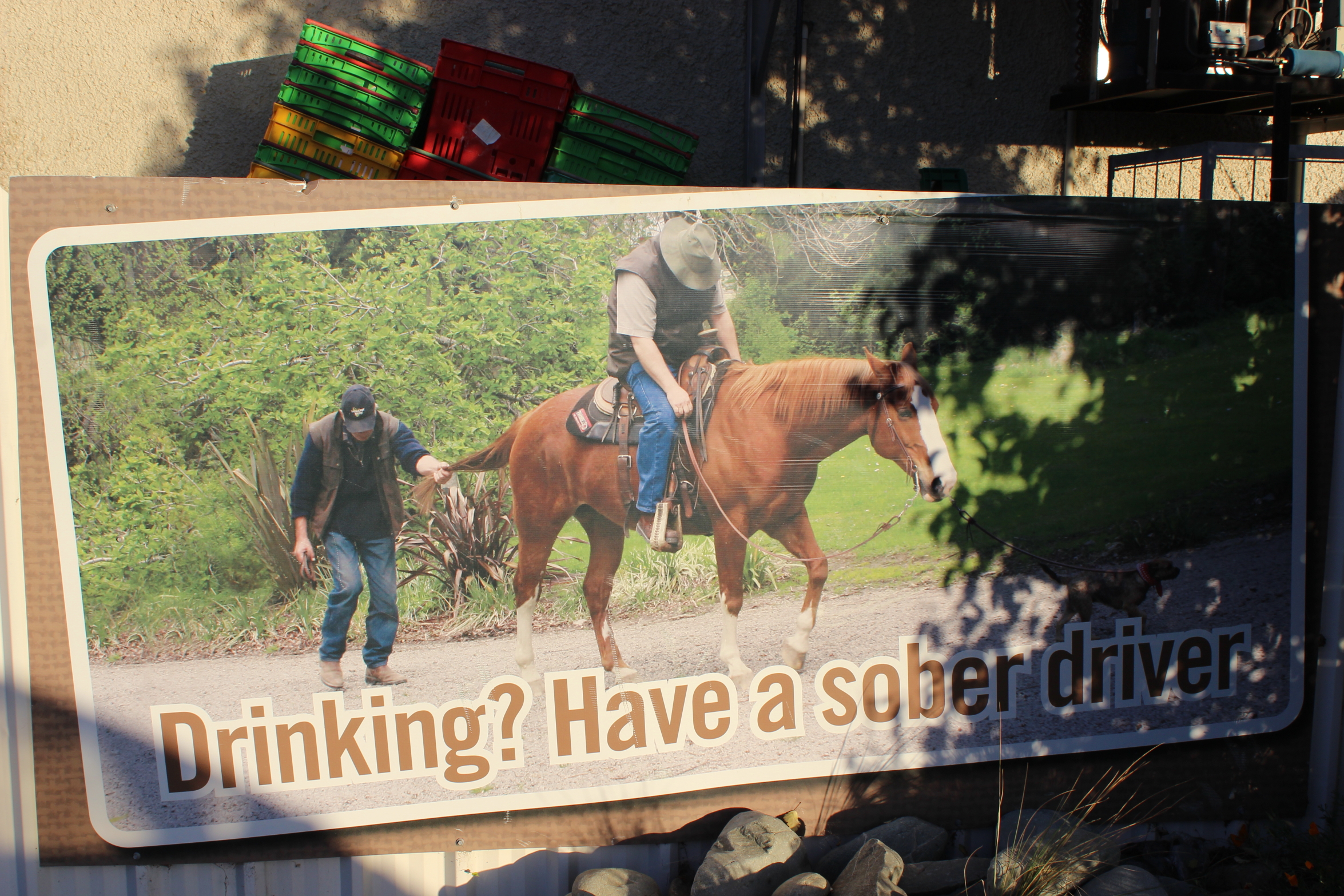
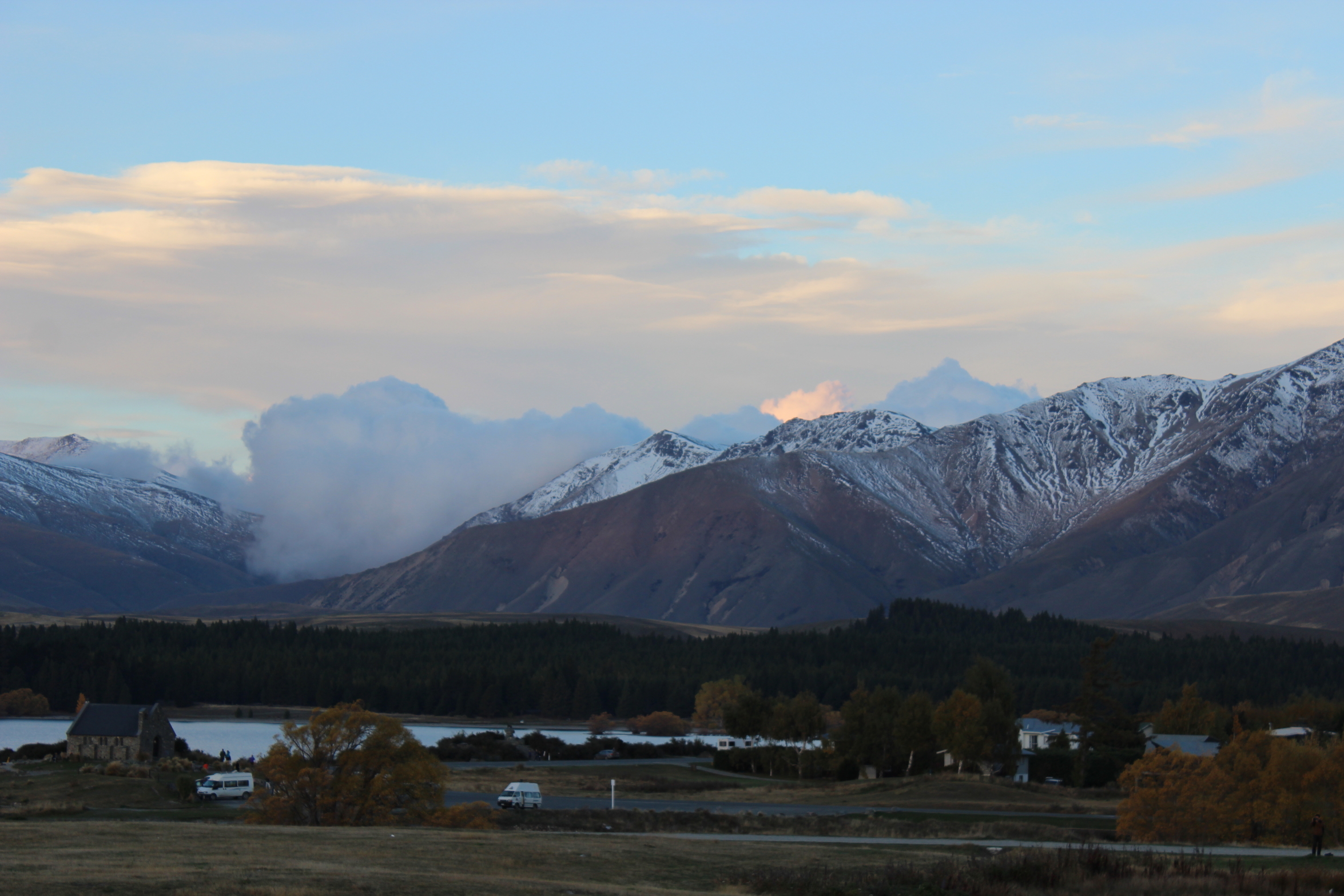
While the chapel is of humble design, there is nothing humble about the splendour of its natural setting. I suspect the setting may have been deliberate; to teach man to be humble in the face of the glory of God.
What came as a surprise to me was the cairns of stones piled up on the rock-strewn foreshore.
Another surprise in store was the statue of a kelpie, New Zealand’s iconic working dog, neighbouring the chapel. I was reminded of the iconic Dog on the Tuckerbox in Gundagai, southern NSW, in Australia. But while the Gundagai Dog has the fame; the Tekapo Dog has the view.
The lake waters are a pristine aquamarine-esque blue, the meltwater full of “rock flour” sediment .
Looking down on the town is the observatory, accessible by a road that spirals up with a drop on one side and embankments on the other, meaning not much room for one vehicle never mind traffic!
Going up in late autumn requires warm clothing, of course, but I’ve hear the cold skies help enhance the viewing experience. This is helped by the town’s blue light filters, which ensures there is no white light spillage to spoil the astronomical experience.
The staff will help you take photos of the night sky and this is where a DSLR proves its worth over a camera phone (android and Apple). While that happens, you are given the chance to view the sky though their telescopes.
It was so absolutely worth it!
